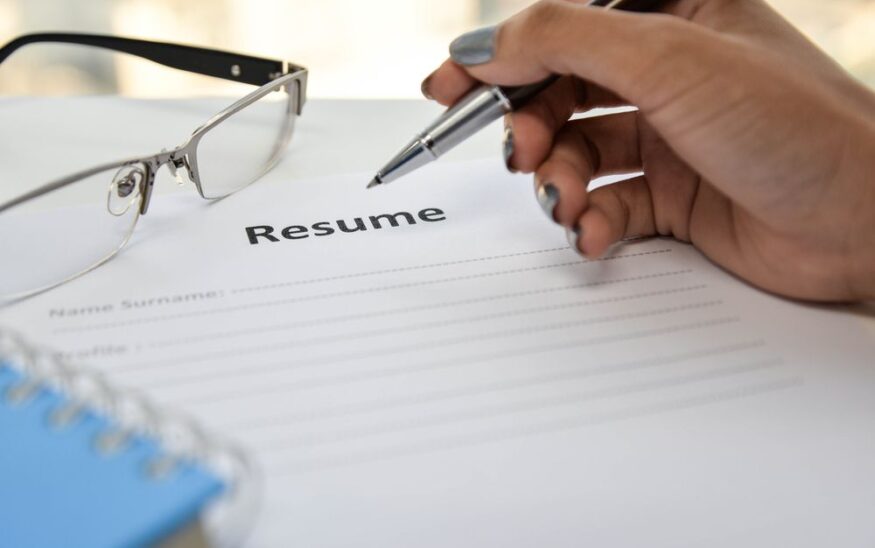How to write a resume that works
I mean a one that gets you an interview
Gale Dunlap //January 12, 2017//


How to write a resume that works
I mean a one that gets you an interview
Gale Dunlap //January 12, 2017//

When I say “works”, I mean a resume that gets you an interview. That is a good resume’s sole purpose. You want this document to pique the prospective employer’s interest enough that she asks you for an interview.
It’s the interview that typically gets you the job.
So, what constitutes a strong resume? I’ve written hundreds of resumes for every level of employee from CEOs and senior managers to entry level employees. No matter what stage you’re in – late, mid-career, or early career – or at what level, there are five key points to keep in mind:
Keep it short. Your resume is a snapshot of your background relative to a specific position. It should not be a multi-page tome of everything you’ve done since college. The danger of including too many pages and too much detail is the reader (the prospective employer), will get lost trying to figure out how you’re going to help her – and she likely will not take the time to figure it out.
It’s been shown in study after study that the average reader spends less than four seconds looking at a resume. If you don’t get her attention immediately by addressing her issues, your resume will likely be tossed. More about this later.
Two pages is the max for a resume no matter how many jobs you’ve had. Summarize your work history prior to 2004 and if the employer wants more detail she’ll ask during your interview.
Have visual appeal. Make your resume visually appealing by including adequate “white space.” Don’t clog it with single spaced 9-point type sentences that extend to the outside margins. That is an assault to the eye and most people will not wade into such a forbidding document – they’ll simply delete it.
Use bullets, lines of varying length vs. full sentences; boldface job titles to easily differentiate them from less important material. Less is more in a resume… and visual appeal is important.
Tailor your resume. Tailoring your resume to each job opening is the most important concept in creating a strong resume.
It’s critical to get the reader’s attention right out of the gate – top few paragraphs. These lines should read like machine gun fire of highly tailored pieces of information that catches the employer’s attention and propels her into your resume, ideally leading to her asking you to interview.
The reader wants to see that you have the background to solve her problem and she’s not going to wade through a lot of irrelevant information to figure that out. Your goal is to bridge any gaps in her understanding that you can immediately contribute to her company.
Have a marketing perspective. A marketing perspective is seeing things from the other person’s perspective – not yours. When we’re looking for a job, we are a Product or a Service. What do we need to do, say, and write that will help the other person see immediately that we can do the job?
To do this, read the job description carefully. Be clear about what the employer’s problem is and how you can solve it. Remember, it’s not about you needing a job ― it’s about what that employer needs. If you stay focused on that you are much more likely to market your capabilities successfully – in person as well as on your resume.
Double check for typos and misspellings. This is very important and often overlooked. It’s not only insulting to misspell the Hiring Manager’s name or to overlook typos, it sends a message that you are careless. Who wants an employee like that? But you probably wouldn’t get that far anyway. Most employers and HR professionals immediately trash a resume that has any errors or misspellings.
The bottom line is that it’s not easy to write your own resume. I’d have trouble writing my own. It’s hard to take an objective look at your accomplishments and then describe them succinctly without sounding boastful or arrogant.
If you choose to write your own resume, I suggest first finding a job description for which you are qualified and you’re excited about. Read it carefully and then create a resume based on that job opening. That’s how I begin with client resumes. It’s much easier than staring at a blank sheet of paper and trying to think how to present yourself. A job description will give you a road map, plus you’ll end up with a much stronger resume because it will be tailored to that job.
Try it next time, and call me if I can help.
























